The Pax Hideyoshi
In this episode we explore the many social and economic innovations spearheaded by Toyotomi Hideyoshi during his time at the nation’s helm.
In this episode we explore the many social and economic innovations spearheaded by Toyotomi Hideyoshi during his time at the nation’s helm.




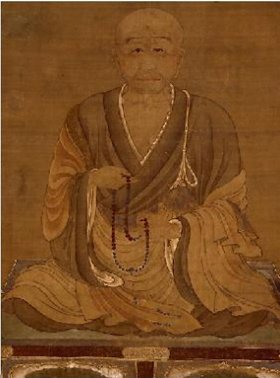


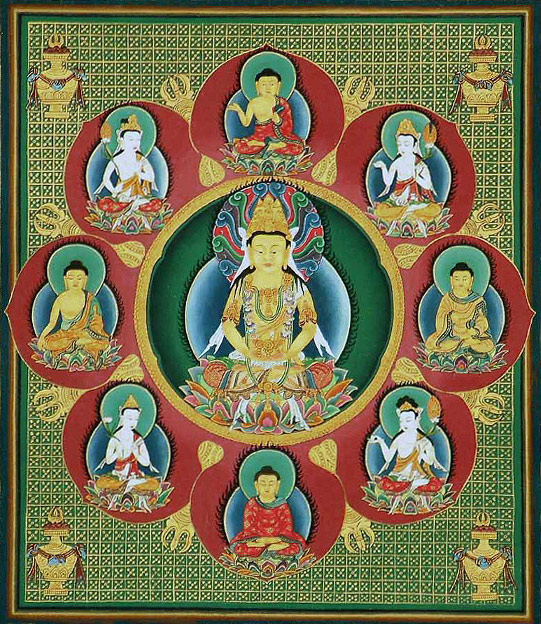

You can read the Mahavairocana Sutra for yourself by downloading it from the Society for the Promotion of Budhism (Bukkyo Dendo Kyokai) by clicking here.



You can read the Lotus Sutra for yourself by downloading it from the Society for the Promotion of Budhism (Bukkyo Dendo Kyokai) by clicking here.




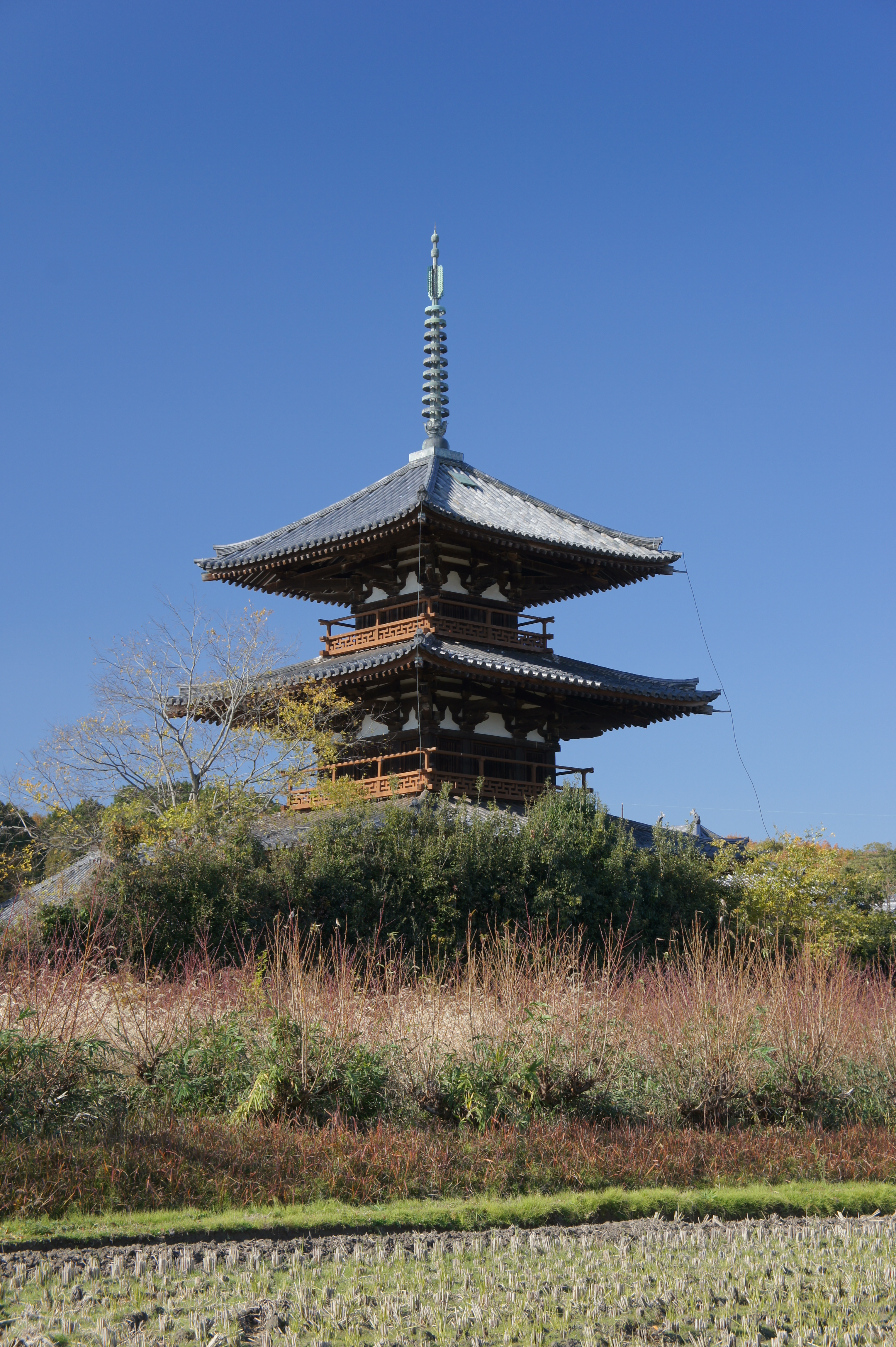


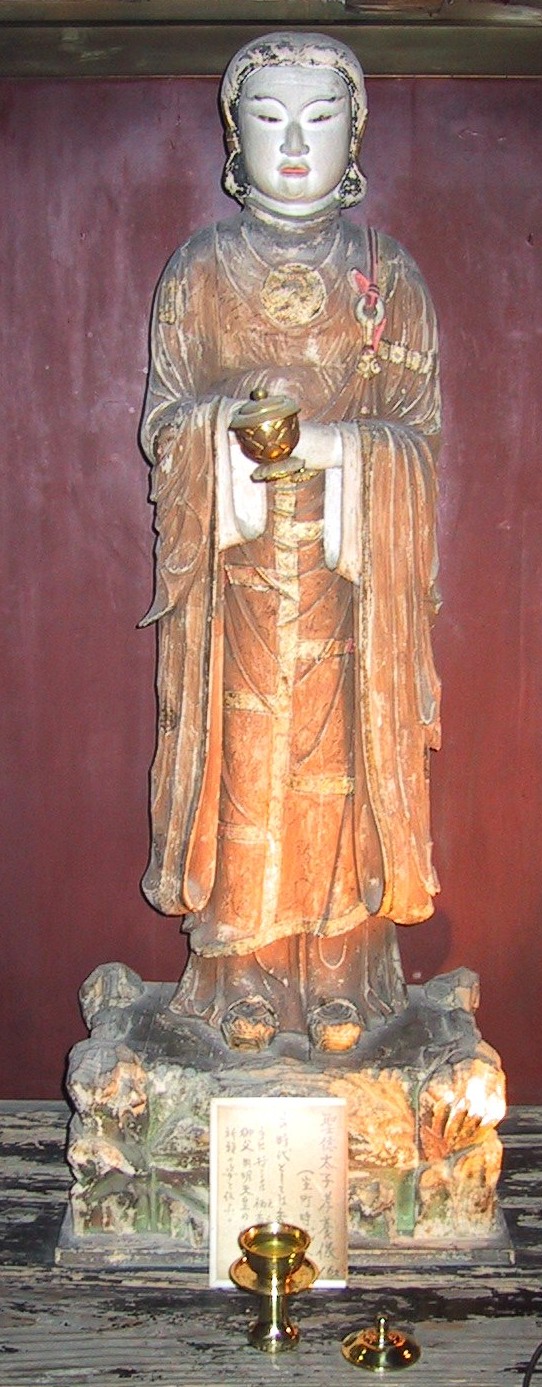
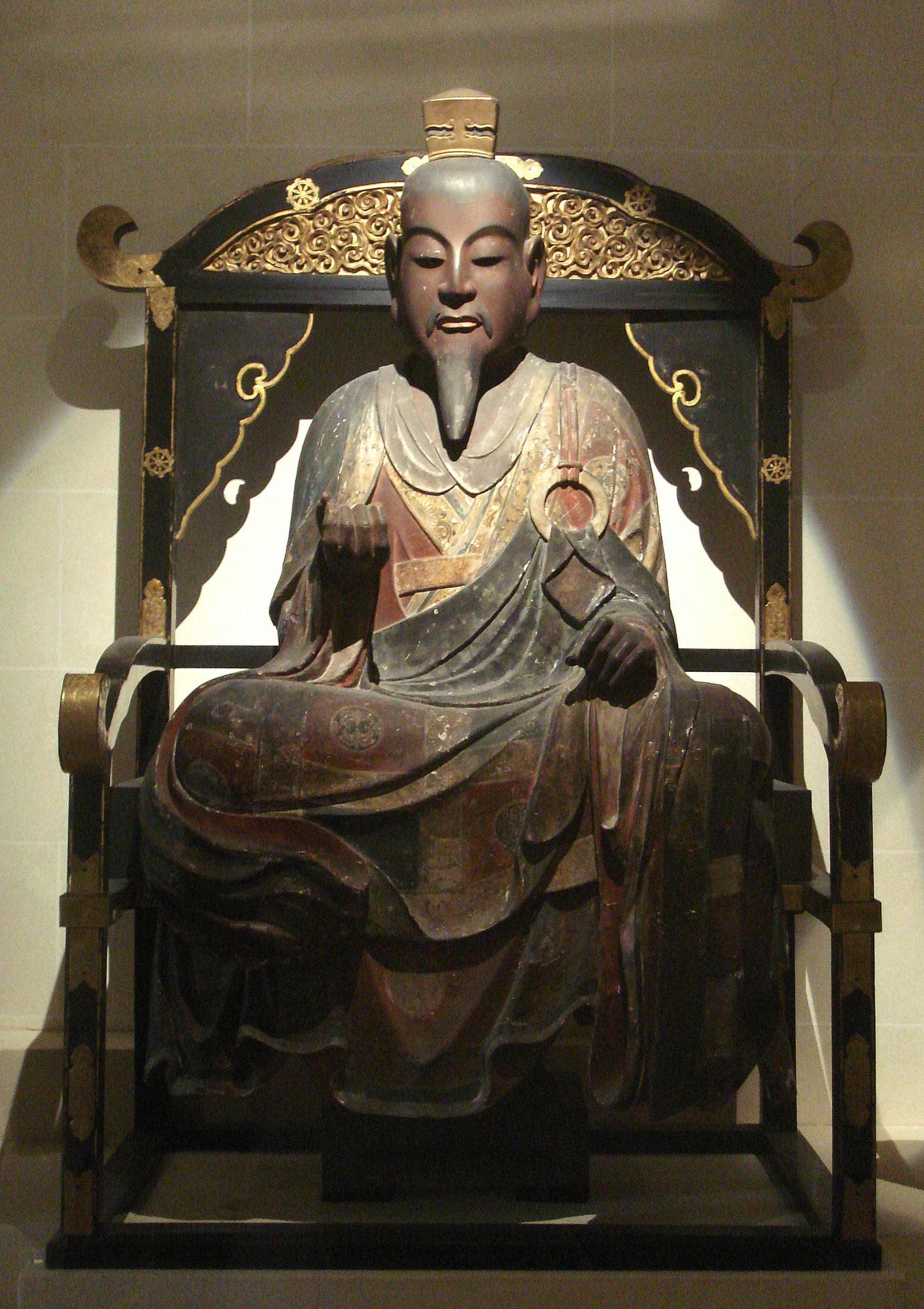



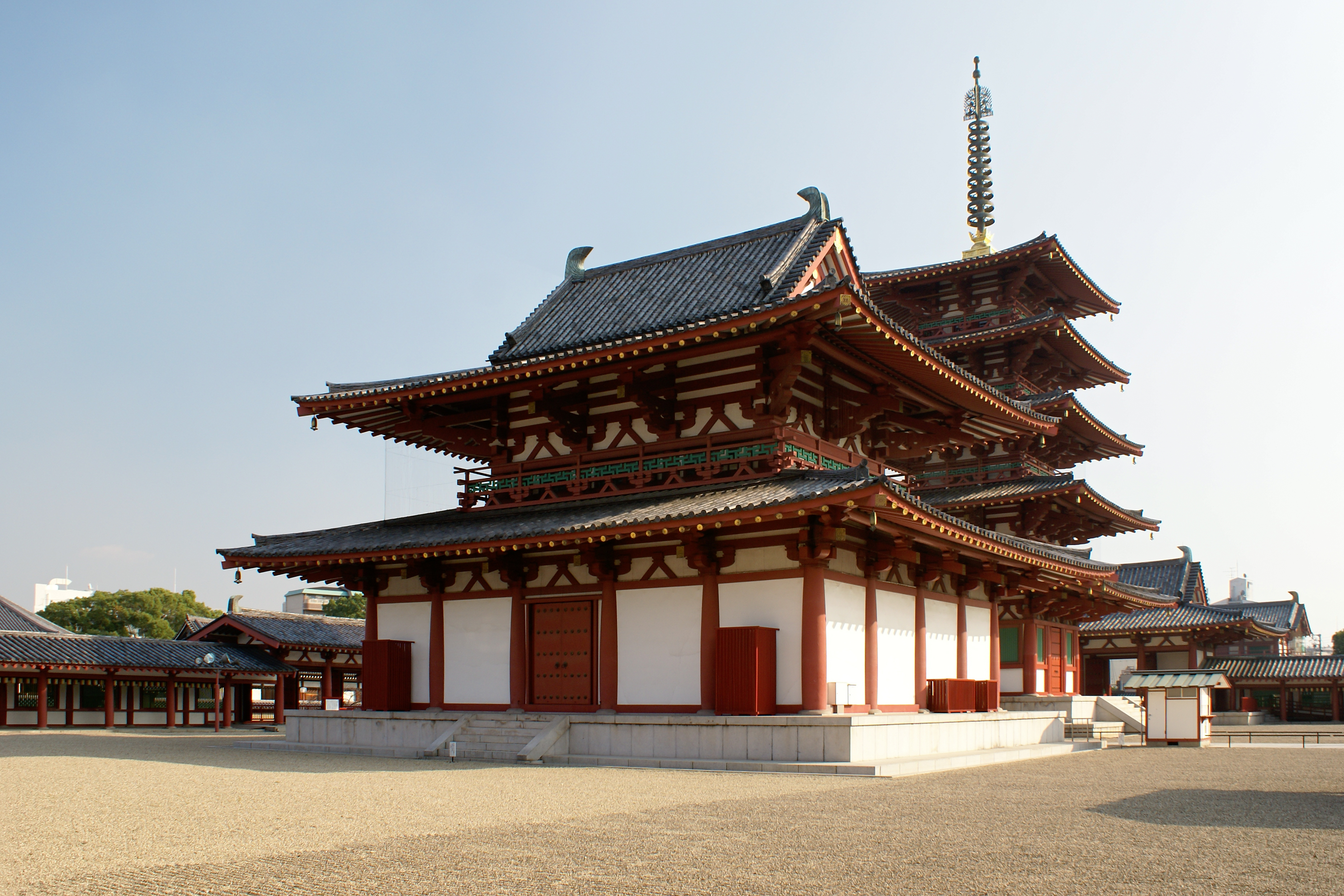
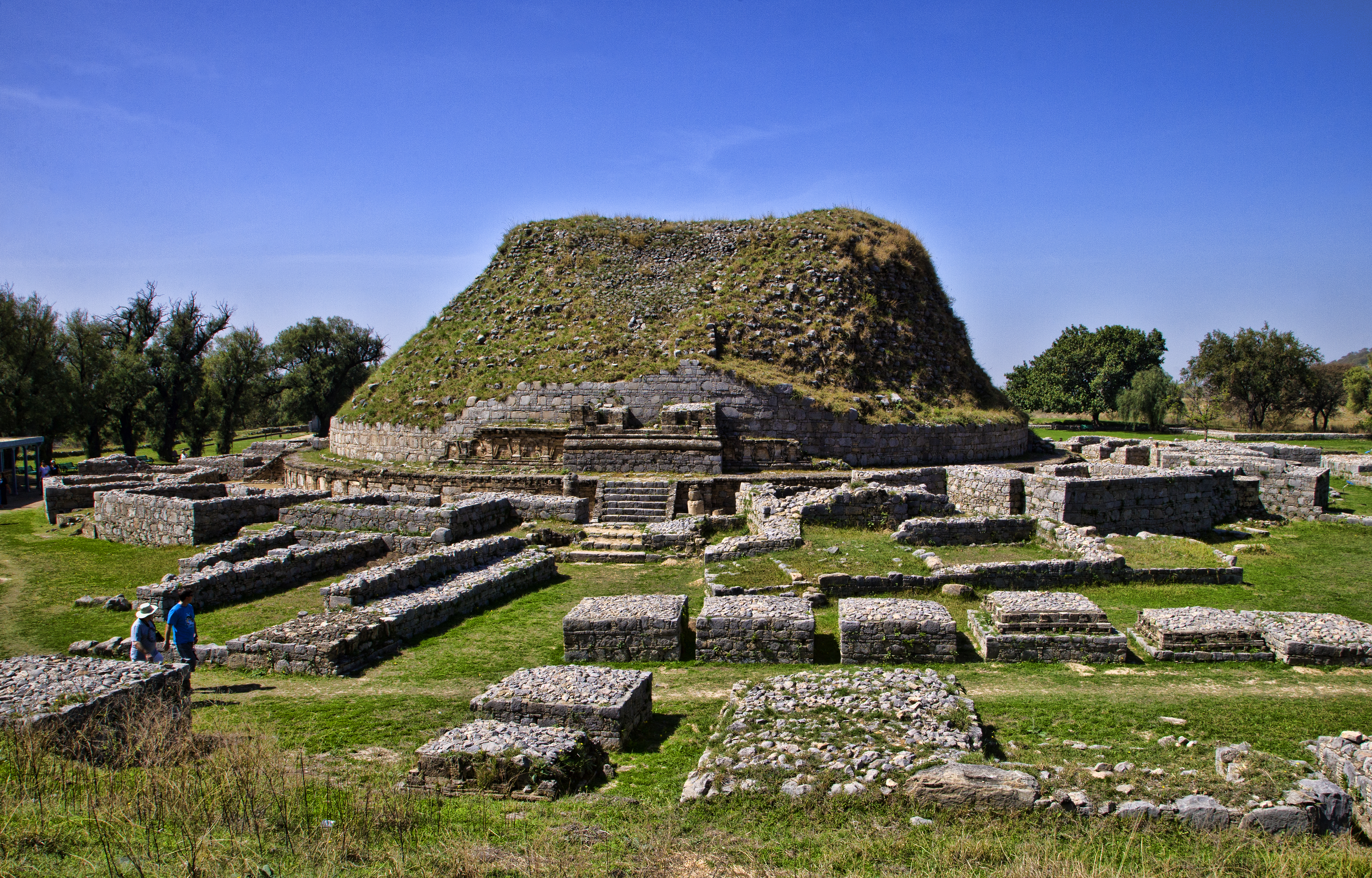




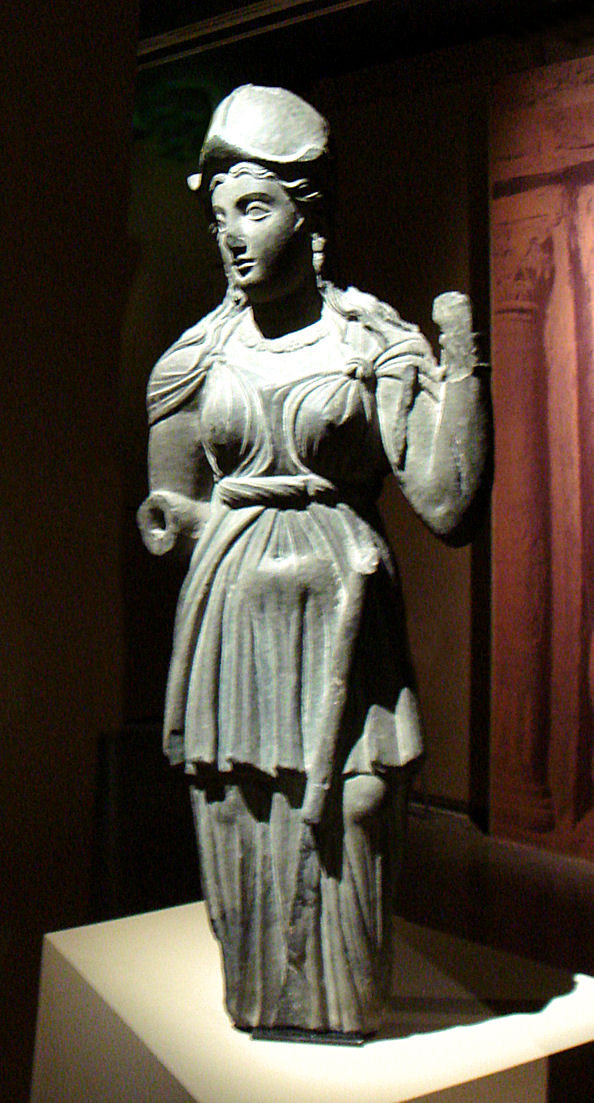

Recent Comments